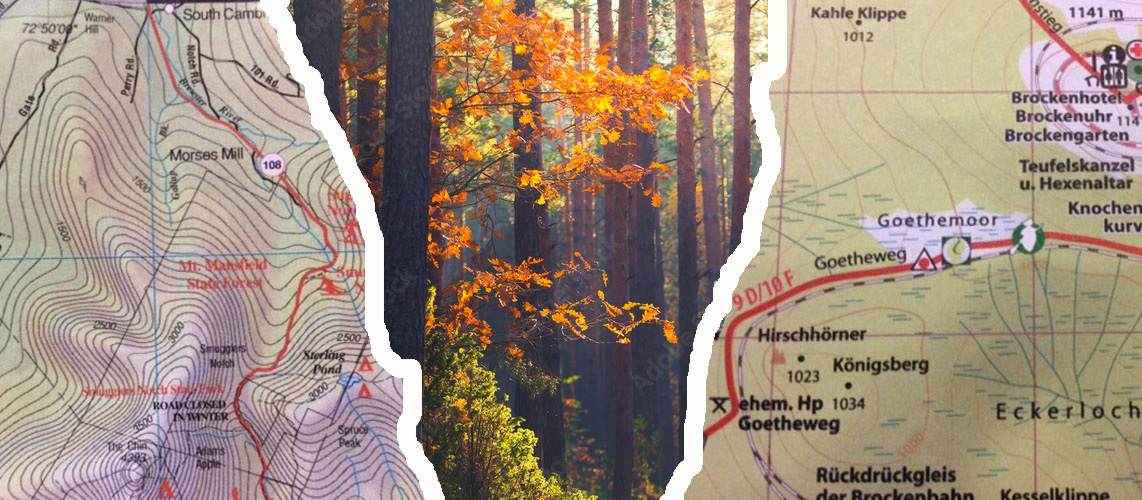So I had promised to fill you in on my most recent “detour” a couple of weeks ago, when I spent ten days in Leipzig. I was there for the practical purpose of driving buses, but like my previous “detour” to Eisenach (for other practical purposes like bike repair), this was not really a detour at all with regard to my quest. Like Eisenach, Leipzig was on the eastern side of the Iron Curtain, and like Eisenach, it is full of legacies of Martin Luther and J.S. Bach, plus a plethora of other musical and cultural luminaries (J.W. von Goethe, Richard Wagner, Clara and Robert Schumann, Felix Mendelssohn-Bartholdy, to mention a few). More recently, though, Leipzig is where the Peaceful Revolution started. On October 9, 1989, 70,000 people marched around the city center to demand democratic rights. Keep in mind that other attempts to challenge the East German (and other Eastern European) governments had been met with an iron first, and that some East German leaders had called for a “Chinese solution” to the protest (referring to the brutal response to the protests in Tiananmen Square in the summer of 1989). For all the Leipzig marchers knew, they were risking their lives. My colleague Thomas, who is from Leipzig and was in the midst of his mandatory training in the National People’s Army (NVA) in 1989, told me that he was supposed to be sent to Leipzig for the October 9 march with his NVA unit. He knew that this might well mean being ordered to shoot at family members and friends – and that to refuse to be sent to Leipzig could have harsh professional consequences. In the end, he decided to tell his commander about his quandary. He was lucky and the commander reassigned him to another post.

Demonstrations began in Leipzig in the spring of 1989, first with only a few people holding weekly prayer services in St. Nicholas Church, then with more and more people walking peacefully around the center of the city holding candles in their hands and signs declaring their wish for more democracy.
Even though another month would pass before the Berlin Wall fell, the Leipzig demonstration on October 9 created a momentum that could not be reversed. Without this march, the Berlin Wall and the rest of the Iron Curtain might not have come down. Incidentally, the director of the Stasi (East German secret police) commented later that “We had been prepared for anything but prayers and candles.”
To me, the people who marched in Leipzig – and those who smuggled images of the march to Western media – are true heroes.
All of this happened 28 years ago. Why should we care about this today? For many reasons: Because the events of October 9 prove that peaceful change is possible. Because on this day, many individual people discovered their voice and asserted that true democracy depends on the people. Also because this day reminds us of the importance of intention and restraint: Throughout the march, people were reminding each other with chants not to let themselves be provoked and not to resort to violence (“Keine Gewalt”).
The events of October and November 1989 changed not only Germany, but also Europe and the world. The new constellations in the world are far from perfect and at times seem intractable. But that is how the East German regime and the Soviet Union seemed as well, until enough people stood up and demanded change.
Click here for pictures of the Festival of Light, part of the commemorative events Leipzig holds each year.
